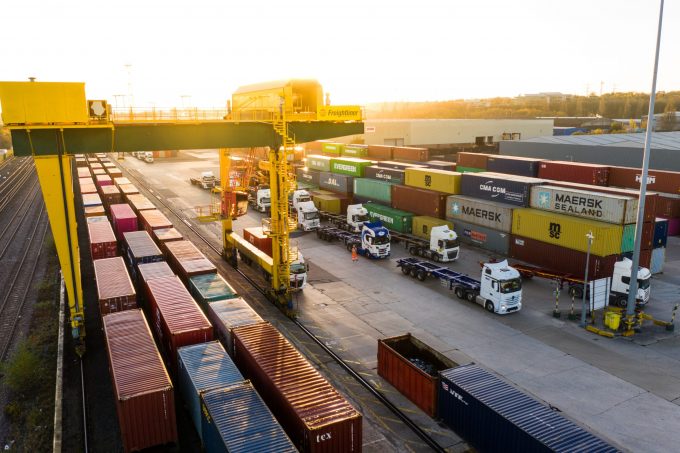Relief for supply chains as congestion fears from people-processing at Dover ease
Changes in processing France-bound holidaymakers departing from Dover could offer a small win to British ...

Reports this morning indicate that an intermodal tug-of-war is under way in the UK.
There are conflicting accounts of pressure easing on road freight coinciding with increased rail freight uptake and new capacity on the way.
“Europe’s largest truckstop”, with space for 650 HGVs, opened today in Ashford, Kent, “a welcome addition for hauliers working in Kent” according to Logistics UK, which added that there was “room for cautious optimism” in road freight today.
According to its Skills and Employment Report 2021, in the ...
'Disastrous' DSV-Schenker merger would 'disrupt European haulage market'
New senior management for DSV as it readies for DB Schenker takeover
Volumes set to 'fall off a cliff' as US firms hit the brakes on sourcing and bookings
Asian exporters scramble for ships and boxes to beat 90-day tariff pause
Amazon pushes into LTL for small package fulfilment and UPS does a u-turn
Temporary tariff relief brings on early transpacific peak season
Pre-tariff rush of goods from US to China sees air rates soar, but not for long
'Tariff madness' will prompt renegotiation of ocean shipping contracts

Comment on this article